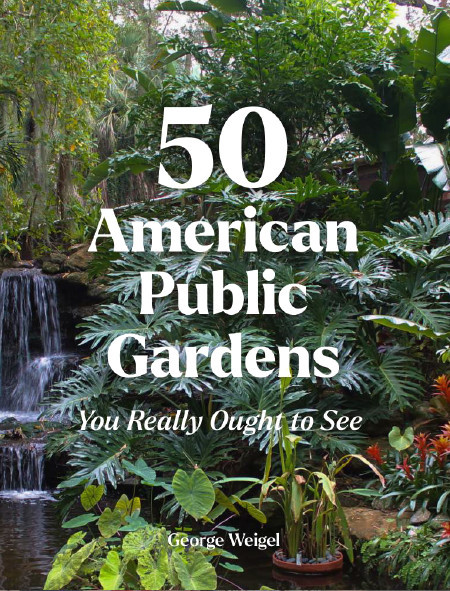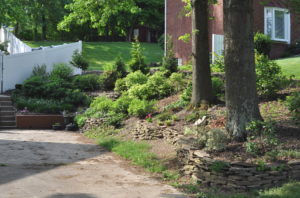Editing the Landscape
September 20th, 2022
One of the best ways to continually improve a landscape is to take stock of how things are going each year and then make changes and additions based on what you like – and don’t like.

I’m constantly on the lookout for ways to “edit” the landscape.
September is an excellent time to do this “inspecting of the troops.”
It’s good timing because we’ve had most of another whole season to see how things are going, plus it’s a good window for both planting and transplanting most plants.
In central Pennsylvania, early fall is a time when temperatures cool, rain usually becomes more plentiful, and the soil stays warm enough long enough for good root establishment.
I’ve long used this time to walk around the landscape with a critical eye and a clipboard to make notes on what changes I’d like to make.
Even if I don’t do the deed this fall, I have notes ready to go for next season’s plantings and transplantings.
Some things to look for while on inspection:
1.) Plants that are struggling or dead. I’ve saved many a plant by recognizing early on that it’s in a bad spot or otherwise failing to thrive. Digging, improving the soil, and/or moving a struggler altogether is better than just letting a doomed plant slide downhill until death.
Read more about this in my post on “Failure to Thrive.”
2.) Plants that are spreading too far or getting overgrown. This is a good time of year to assess this.
One of the ways I’ve expanded my flock at no cost over the years is dividing and moving perennials. I’ve also filled many a new bed by transplanting young shrubs and evergreens that I otherwise would have had to start pruning to maintain size in their tighter original locations.
I should mention here that most plants (especially young ones) transplant better than most gardeners think. Read my post on “Transplantaphobia” for more on how to maximize your success when moving plants.











